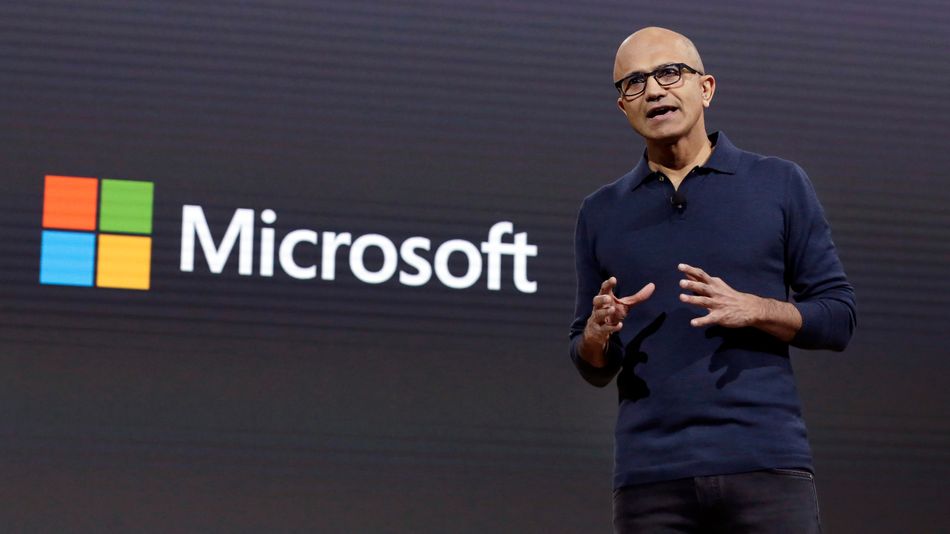
Image: Richard Drew / AP / Shutterstock

Follow @https://twitter.com/PCMag
PCMag.com is a leading authority on technology, delivering Labs-based, independent reviews of the latest products and services. Our expert industry analysis and practical solutions help you make better buying decisions and get more from technology.
One surefire way to take down an email system is to send a message with thousands of recipients attached only to have a few of them hit reply all, generating millions more emails. Now Microsoft is introducing protection against what are commonly referred to as “reply all email storms.”
As The Verge reports, the new feature is for Office 365 users and called Reply All Storm Protection. It works by adding a new type of monitoring to Microsoft’s Exchange Online hosted email system, which looks specifically for potential email storms. To begin with, one condition will be monitored: if 10 reply-all responses to over 5,000 recipients are detected within a 60-minute period, subsequent replies to that email thread will be blocked for four hours.
By taking such action, recipients who typically respond with “please remove me from this thread” or some variation on that will no longer trigger a storm. Instead, Microsoft will just temporarily block communication in a bid to prevent an email system meltdown.
When the block does happen, Office 365 users will be informed that any reply they are trying to send “wasn’t sent,” with the reason being “the conversation is too busy with too many people.” The feedback also suggests what action to take, including not attempting to resend the email and to consider sending an email to a smaller number of recipients.
Microsoft is going to look at usage telemetry and listen to customer feedback to “tweak, fine-tune, and enhance” the protection over time. The end goal is hopefully email storms being a thing of the past, not just for businesses, but for all email users. If Microsoft can guarantee they won’t happen, it acts as another marketing tool to help sell Office 365 to organizations.
The move comes after Microsoft last year got caught up in a reply-all storm that sent messages to 11,543 employees.
This article originally published at PCMag
here
